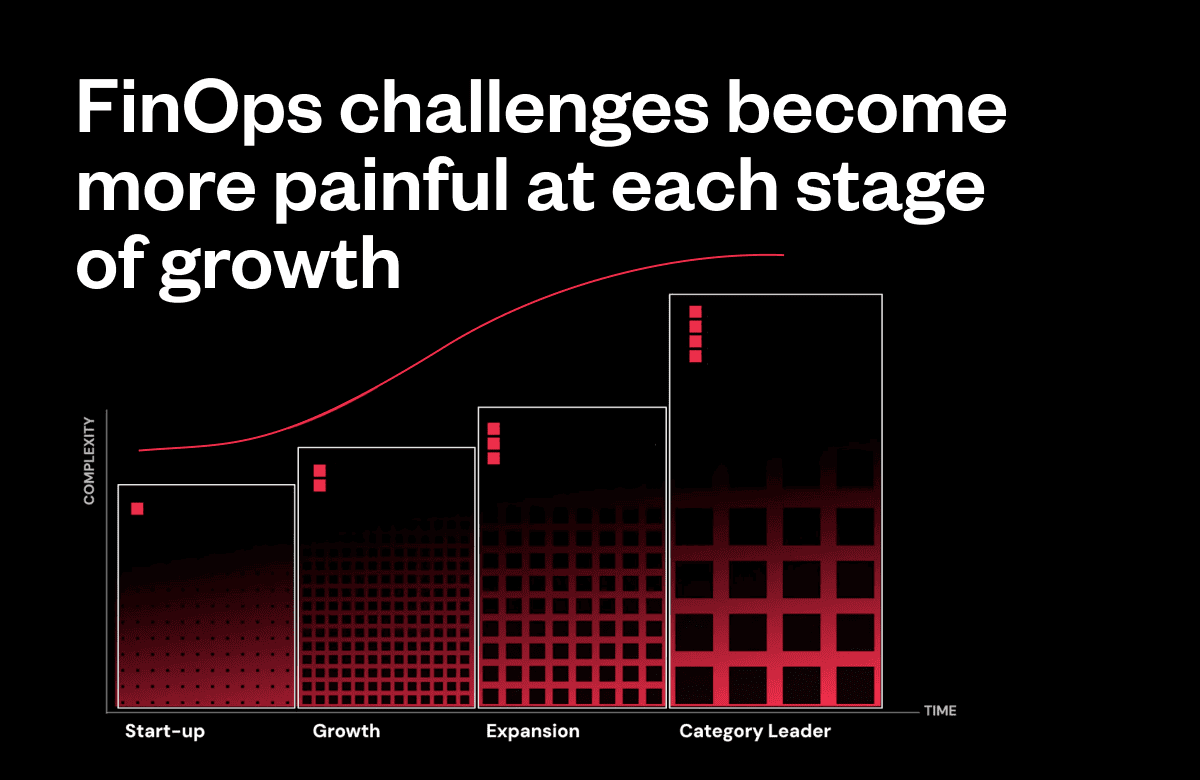The following is a guest post by Brad Smith. Smith is the founder of Codeless, a B2B content creation company.
Sales is easy.
If you’re the founder. Or working by yourself.
It’s not so easy when you scale. Or try to hire others to do it.
Fortunately, some of the best in the business have already paved the way. (And are more than happy to share their insights).
Here’s how some of the best of the best successfully scaled SaaS sales teams, from zero to hundreds of millions.
Not only will I share the best ways to scale your SaaS sales team, but also how to find the right talent, onboard SaaS sales employees, and then how to evaluate their performance!
It’s time to get formal
So you wanna build a sales team?
No, that’s not the grown-up version of the famous song from Disney’s Frozen. (That’s what happens when you have daughters and haven’t seen an adult movie in 5+ years.)
It’s the question because the decision to scale changes everything.
Founder-driven sales, by comparison, is easy. You’re the man (or woman). You’re the passionate expert. It’s infectious.
But once you start scaling, the same free-wheeling-and-dealing approach doesn’t work any longer. And you can’t expect to pluck the rockstar salesperson off the branch, the one with the best numbers, and let them do their thing. Unfortunately for us all, it doesn’t work like that.
The most effective sales teams aren’t just good at their job. It’s not just because they eat, sleep, and breath your product (although, kudos to the enthusiasm).
According to a Harvard Business Review study, 50% of high-performing sales organizations have thorough, by-the-book sales processes for their teams to follow.
How ‘bout the underachievers? Only 28%. Coincidence? No way.

Take a look at any of the top-performing SaaS lists, and you’ll likely find a highly-structured sales process.
Ones that work like clockwork. Because they’ve made the decision to run sales like a process-driven machine.
Create replicable sales processes
There’s two keys to scaling a sales team according to Gareth Goh, formerly of InsightSquared: standardized scripts and shareable sales metrics.
Simple, right? (At least, in theory it is.)
New Sales Development Reps (SDRs) need a roadmap to follow with ‘checkpoints’ along the way to know they’re on the right path.
This doesn’t mean turning SDRs into mindless robots who only spew rehearsed lines. They can bring their own flavor to the game while still staying on message, and will ultimately reap the rewards. Of which, there are many:
- Increased efficiency: the process takes out the guess work
- Practice makes perfect: SDRs will be able to work the process in their sleep
- If it ain’t broke: processes let you fall back on what you know works
- No hand-holding: if a question comes up, follow the sales playbook
- Teamwork makes the dreamwork: the process promotes a very “we’re all in this together” mentality. Everyone’s working toward the same goal, with the same game plan.
- The numbers don’t lie: you have the data to show the process works. The sales team will want to follow a plan that shows results.
Why is process critical?
Because there are common (predictable) barriers that can keep even the best SDRs from meeting their goals.
The antidote, according to Jason Lemkin, is to help them always know what’s coming next.
These (1%-ers) know exactly what they are doing going into every deal, usually even before they do the demo or pick up the phone. And with only so many hours in the week, they know exactly how much time to spend on each prospect to absolutely maximize the revenue per lead.
Jason Lemkin
The good news, for those still stuck in the in-between stage of building out a team, is that processes can create a foundation for success right now.
Johnathan Dane of KlientBoost (not a SaaS company… yet) still does the heavy bulk of closing by himself. $300k/mo, solo, in ~two bootstrapped years.
How? Processes.
Get new peeps all on the same page (or schedule)
I’m not gonna lie…
This tip is completely stolen from Ralph Baresi’s excellent SalesHacker piece on SDR productivity. If you haven’t read it, you should. If you’ve already read it, you should read it again.
Scheduling out the sales day with “timeboxing” can help SDRs put their time into… wait for it, boxes. (Genius.)
By pre-selecting the most important tasks (ahead of time), the time-sucks (or just plain sucks) no longer have space in your day. (Poof – begone!)
This first OCD calendar example comes courtesy of TOPO:
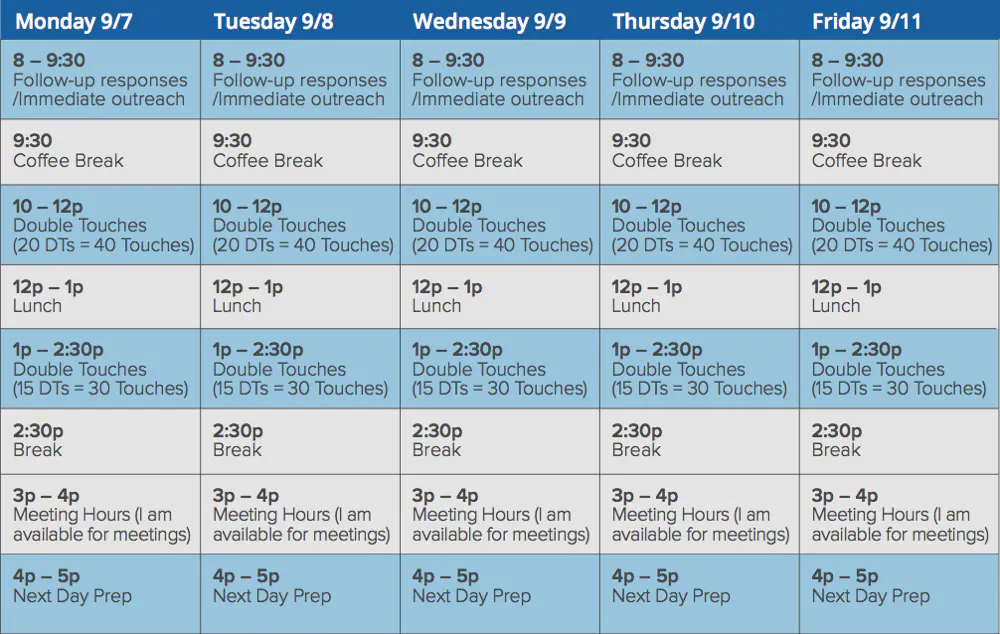
Ralph’s “bookend approach” is also an excellent example, where Mondays and Fridays are used for the prep work so that the middle of the week is used to get ‘er done. (Dated reference much?)
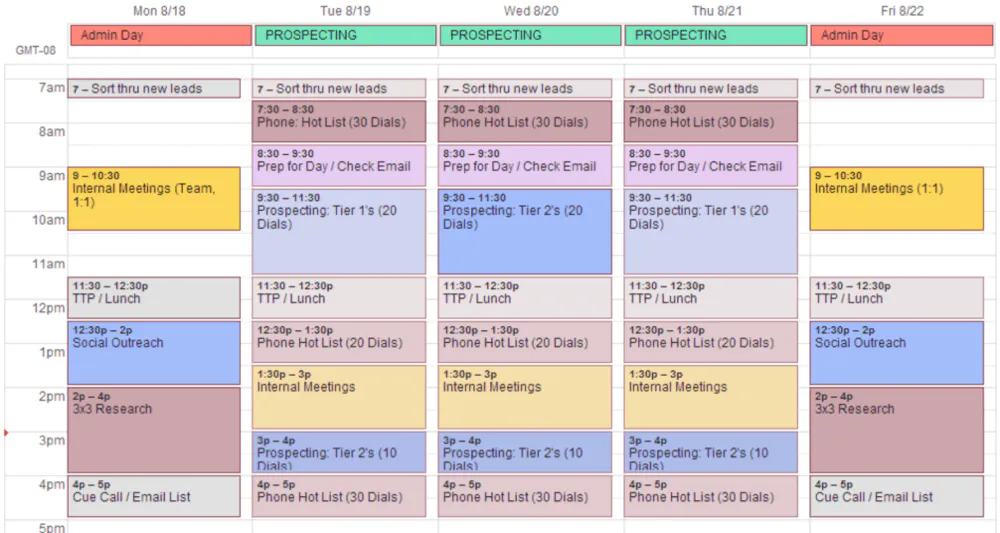
Weigh the pros and cons of team org
I love me some Predictable Revenue as much as the next geek. But blindly following the same team org chart doesn’t always work…
Here’s why.
The multiple ways to design your team each have their own pros and cons.
If you’re looking for the typical model, in which SDRs are equipped with the tools they need and then sent off to own their work, the Island format might be the best fit. This allows for minimal manager oversight and is good for simple sales.
But it can also promote an “aggressive sales environment.” And there is less internal control over the org’s brand and message.

If efficiency is the name of your game, the Assembly Line can work. Each team member has their own role, and stewards the sale down the line for completion through every step:
- Lead generation
- Sales development
- Account ownership
- Customer success
The Assembly Line allows team members to specialize in an area of the sale and makes it easier to spot where problems are occurring. But, it requires manpower and calls for effective communication through each step of the process to make sure the next person is fully-briefed on what the customer needs.
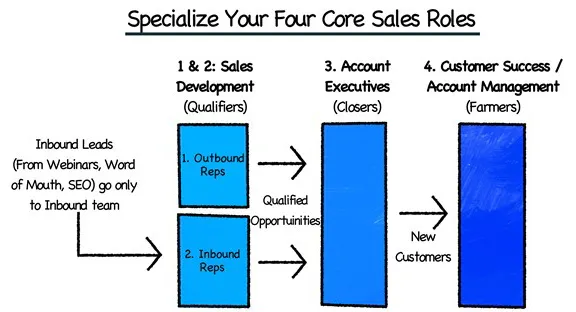
Source: Close.io
For Mike Kreaden, this is the “accepted sales SaaS sales team structure” that works for his set-up at Salesforce.
SDRs to bring in new clients, AEs to manage the accounts, and customer service managers to make sure everyone was happy and coming back for more. From their growth in the first five years alone, you can tell people were coming back for more. (And telling their friends.)
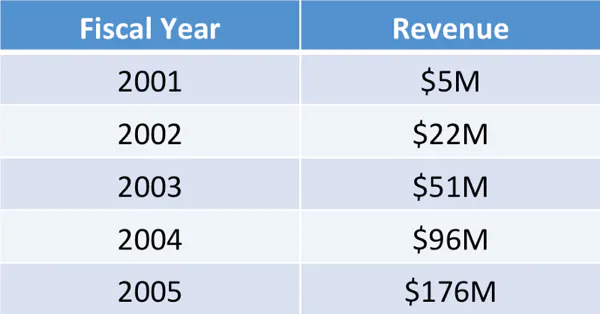
Lastly, there’sthe Pod. This one’s a customer-centered approach in which the assembly line structure is broken down into smaller, cross-functional groups.
This model promotes high levels of customer care and cultivation and is good for effective communication. But with less competition among pod members, there aren’t as many opportunities for professional growth or incentive for competition.

Source: Close.io
How to find the ‘right’ people
Finding good SaaS sales people is never easy. And you already know that VP-of-whatever sales from that Fortune 500 ain’t gonna fit your small, scrappy, upstart.
That’s why managed WordPress Hosting company, Kinsta, takes a different approach when hiring for their sales team.
One of the best ways they scale internal sales is to reposition employees from within the existing company.
Many of their best sales reps actually started out on their support team. Their teams already work closely together. And having that support experience with in-depth product knowledge allows the sales reps to better answer questions for potential clients. (The added bonus is that they can even assist them throughout the onboarding process, too.)
That jives with the change that Kelly Schuur made when building a team at Intercom. With a simple change of just the name (to ADR: Account Development Representative), they shifted focus from purely sales to relationship-building.
This pivot placed emphasis on strong partnerships, rather than just churning out sales that might not renew in a year. Intercom prioritized those who had already expressed interest in some way in the organization, and started feeding them the information they wanted to produce new leads: books, blogs, webinars.
This ADR set-up took off, and Intercom had to quickly increase their ADR team from three to 17 people. To ensure success of the new model, Intercom focused on ADR candidates who were passionate about the product they were selling, not just passionate about the one-off sale itself.
Evaluating talent with cold, hard data
Former CRO at HubSpot, Mark Roberge, puts the right people at the top of his process, too (and with revenue growth of more than 6,000% in four years, who can argue?!)
Bringing his engineering background to the role, he applied metrics to the salesperson hiring process. He evaluated which employee attributes brought the greatest success, and then conducted his own Weird Science experiment to continue to hire the ‘perfect’ salesperson.
Roberge and his team built out three main criteria for successful candidates:
- Their average quota attainment percentage
- Their productivity
- The lifetime value of the customer
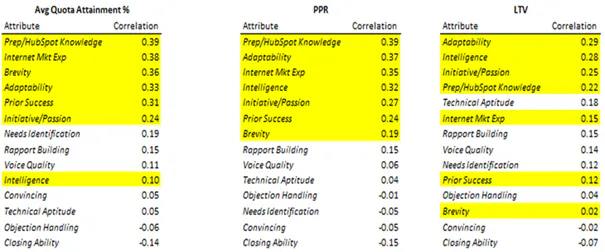
These attributes then became the building blocks for every interview and were the scoring rubric for each potential employee.
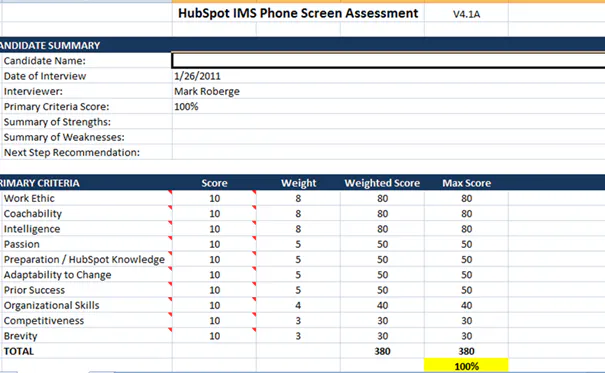
Source: ForEntrepreneurs
Onboarding: show your people the way it’s done and get them excited about the product
The typical onboarding process for most SDRs means a lot of studying the product, learning the process, shadowing a seasoned employee or two, and running through potential scenarios.
The length of onboarding can vary. Nick Persico was able to get that time down to train new salespeople in four weeks because of his expedited approach.
First, he brings them in on a Saturday for an easy dry-run before the real action starts. (They better get their sleep on Sunday, though, because once the week starts, it’s all systems go.)
Week One: Learning to Ride a Bike
On-the-job training starts immediately, with the ideal scenario of making sales calls before lunch. Salespeople get a script and then spend the week working through their pitch and identifying any kinks or questions they have.
“You didn’t learn how to ride a bike from your parents telling you about every aspect of how the bike worked,” Persico said. “You just got on the bike, fell a bunch of times, and eventually figured it out.”
Week Two: Individualized Work
Training on the sales process happens as it’s necessary. If the SDR makes a sale or finds a qualified prospect, they’re taught what to do next. Not every person reaches these milestones at once, and this allows for individualized learning and attention.
Week Three: Fine-Tuning
Focus then shifts to corrective measures. If a salesperson has a deficit or weakness, it’s called to attention to make sure they prioritize it in their approach. Persico is looking for those who actively take the feedback.
A classic example is an over-reliance on discounting. Price objection comes up (“But when you compare the cost of other ecommerce platforms compared with yours…”) and the new SDR’s first impulse is to cave immediately.
This creates the opportunity to train new SDRs to (politely) push back and get the lead through a successful demo first, before later circling back to price (after value is better established).
Week 4: Taking Off the Training Wheels
Week 4 is kind of like Week 1 of the real deal. The SDRs are still technically onboarding, but they aren’t relying on others for help. They know their goals, and they know how to get there.
Now it’s sink or swim time.
Why product knowledge is critical to successful onboarding
At Hubspot, Roberge would take the onboarding opportunity to not only make sure every member of the team knows the playbook, but also walks a mile in the customer’s shoes.
They start out with learning the essentials: the product, the customer, the competition, the pros and cons. They are evaluated along the way to make sure they are hitting all their marks. But then, they pivot and take on the role of the customer.
The newbies are required to create their own blog, and then are tasked with driving traffic to it. From here they get to put every ounce of their own blood, sweat, and tears into the project and better understand the customer’s perspective. Even better, they can pinpoint how Hubspot and its product can save the day.
The salespeople at Hubspot don’t have to come up with their own solutions for what should happen next. The organization’s workflow model does that for them.
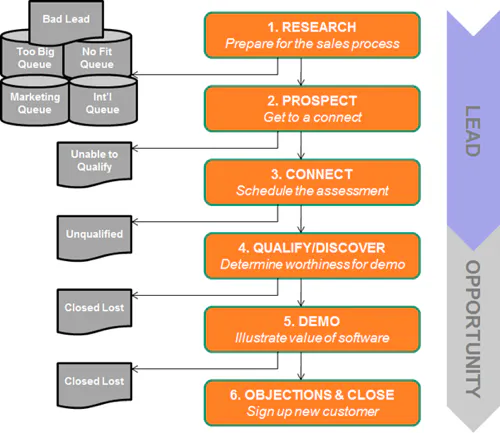
Source: ForEntrepreneurs
Finally, evaluate their process-driven performance for accountability
If the process is the way, judge based on the process.
HubSpot automates their evaluations and sends them daily to SDRs and AEs.
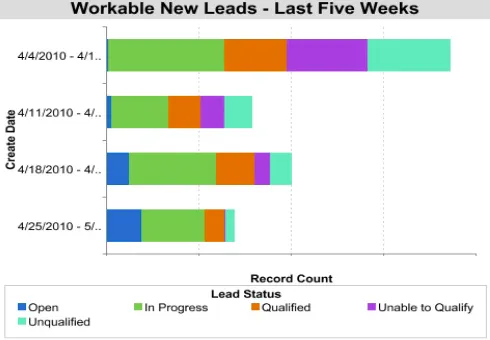
Source: ForEntrepreneurs
Docurated has pinpointed 11 key evaluation points for sales reps. (Hint: it’s not just about how much money they bring in.)
- How much time are the spending on the sale? Figure out the reasons why.
- How quickly do they respond to inbound leads?
- Are they integrating marketing into their approach?
- How often do they close the deal?
- What’s their average deal size?
- You know that deal they made? How long did it take to close it?
- How much does the salesperson cost to keep?
- Are they losing sales?
- How are they spending their time? How many meetings, emails, phone calls, etc have they made?
- What is their sales volume?
- Are they happy? (Pro tip: happy people tend to be loyal people)
When it comes to evaluating their approach, Steli Efti sees it as an opportunity for coaching and guidance. Working with SDRs on their phone style, he looks at:
- Their goal for the call: what do they want to get out of this conversation?
- How good is their pitch: Efti suggests breaking the pitch into three sections and helping the SDR walk through their method for each. Then, monitor the delivery.
- Nothing but the truth: are the SDRs honest with the customer about what they can provide?
- Confidence and control: is the SDR at ease with their script and the product?
- Talking with a smile: is the SDR able to maintain enthusiasm and engagement?
- Building a bond: can the SDR build a rapport and connection with the customer?
- Conversational etiquette: interruptions and talking too much are a no-no.
Conclusion
Scaling anything is never easy.
Scaling well requires a subtle shift to take place. One that often goes unnoticed.
Successfully scaling requires you to rely less on innate ‘talent,’ and instead rely more on a solid system.
That has many ramifications. It changes the way you sell (based on processes and scripts). It changes the way you hire (product experts with empathy instead of ‘rockstar’ mercenaries). And it changes the way you judge performance (based on process steps instead of simply the number of closes).
The bad news is that it’s not easy. It’s incredibly time consuming. And there’s gonna be missteps.
The good news is that taking steps in this direction, even before a single hire, will start to create a solid infrastructure that should eventually (one day) bear fruit (or $$$).


